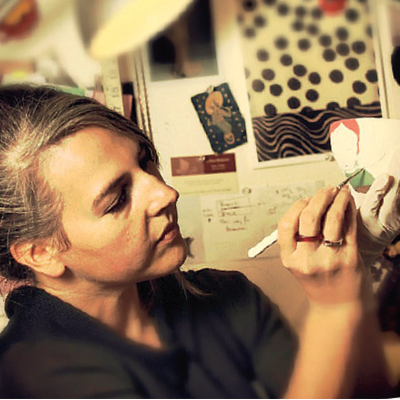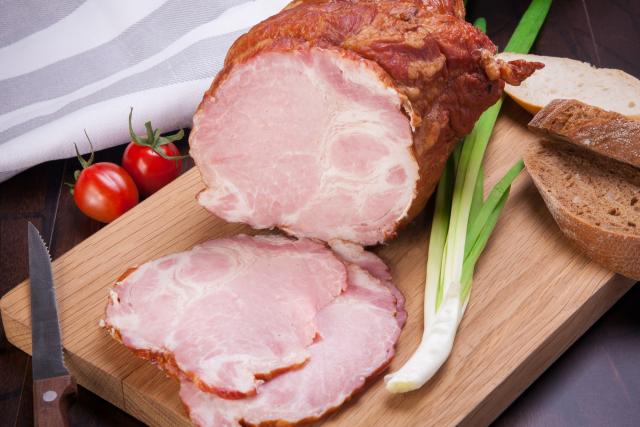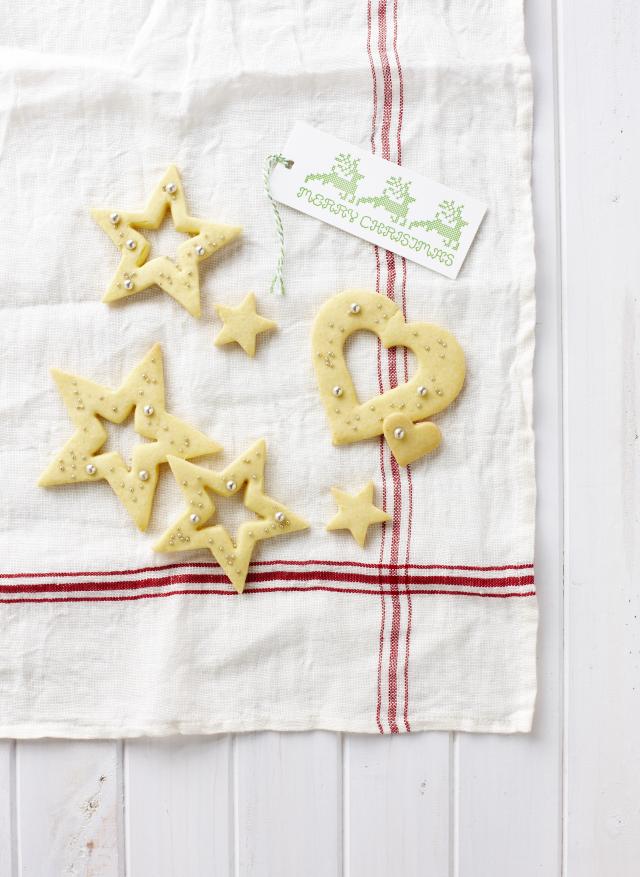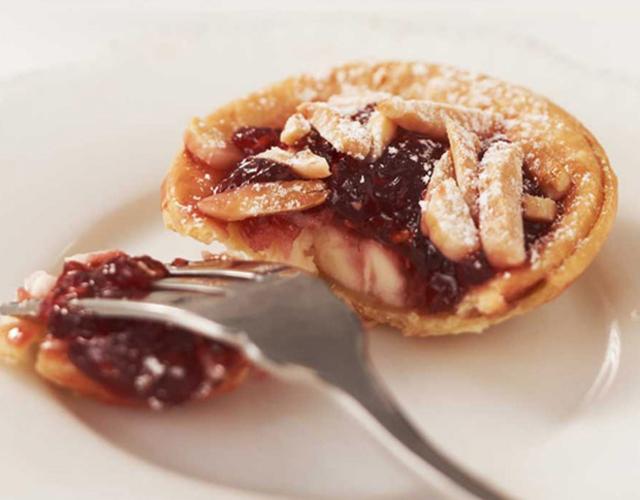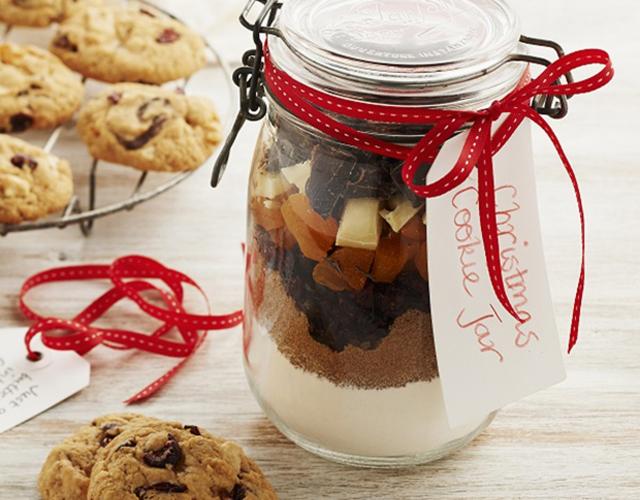A growing demand for hand-made toys and knick-knacks means more and more craft-makers, from teens with tactile talents to new-retirees, are taking to social media to sell their wares, reports Claire Knox.
“”I’M really not sure how I would describe my style of illustration,” she muses, kneading and massaging a supple lump of porcelain clay.
Kerry Scheen’s studio is cozy, hidden at the rear of her Lancefield garden, past a maze of hyacinths and roses and a wild vegetable patch.
The diminutive building is the heart of her self-created, one-woman, hand-painted ceramic jewellery business Linogirl.
Scheen’s delicate pendants and vessels have proven a hit in Melbourne’s thriving market and craft scene. She’s been featured on Craft Victoria’s website and the Finders Keepers market blog, Indie Art and Design, The Sketchbook Project, and quite a number of design blogs.
Melburnians, over the past five years, have embraced all things handmade.
The craft scene is transforming and swelling. As traditional craft and modern design spheres fuse, a younger, edgier crowd has been drawn to crocheting, knitting, quilting and jewellery making. Nanna craft has become quirky and kitsch.
Member-based craft and design organisation Craft Victoria has more than 800 members and over 12,000 hits per month on its website, with around 150,000 people visiting its retail store, SHOP (a selling hub for more than 200 of its members) and satellite events last year.
Similarly, Australia’s makers market scene has exploded. Fitzroy’s Rose Street artists’ market had so many visitors the market is now held on both Saturdays and Sundays, every weekend, with a gourmet cafe and indie entertainment.
A plethora of boutique pop-up markets have sprouted around the inner suburbs and rural towns, like the Docklands-based The People’s Market and Buninyong’s The Designer Craft Market, both offering high-quality handmade items.
Etsy — the online vintage and handmade Ebay-esque bazaar taking the do-it-yourself world by storm — hosts more than 15million members in 150 nations and about 875,000 sellers, many drawn to it for its personal, intimate feel.
According to the Australian Bureau of Statistics, by April 2007, 139,000 Australians were employed in some shape or form in the craft industry.
Of these, 74,000 listed it as their sole occupation, while 65,000 combined their craft work with a secondary job.
Each of Scheen’s pieces is lovingly and meticulously worked on. Every morsel of clay is moulded by hand into delicate disks, vases, bowls and fairy-tale sculptures.
Scheen sweeps her hand over a rustic shelf lined with over 100 pre-fired ceramic disks, intended to be transformed into pendants or rings. Most of them won’t even make it to the kiln, she says, due to imperfections in shape and curves. “They need to be perfect.”
Through her online store she sells, on average, one porcelain piece a day and dozens more when she sets up her stall each Saturday at Rose Street and at bigger, national markets.
Seven years ago, Scheen was working in an organic fruit shop in the Macedon Ranges when she was asked by a friend to sit in on a basic pottery workshop whose quota she was struggling to fill.
She made a small red earthenware pendant with a black cat, reminiscent of Theophile Steinlen’s 1896 Art Nouveau cabaret print Le Chat Noir.
The piece attracted compliments, Scheen says, and she was soon commissioned to make a collection of pendants for a Hepburn Springs boutique.
“I thought about it for six months and finally invested $50 into it and it all snowballed from there.”
They sold well and she was asked to supply Fitzroy shop Brunswick Bound, still a customer.
Scheen was soon making more money than she was working fulltime at the fruit shop.
She says the allure of quitting one’s full time job to pursue a passion is no longer jut fanciful, and could be a motivator behind the craft revolution.
“More and more people are realising that you don’t have to work nine to five, that there are alternative ways you can make a living doing what you enjoy.”
Scheen also believes much of her recent success and that of fellow artisans and crafters is due to a rejection of production line, mass-made products.
“People want an honest experience. When they approach me at my market stalls, invariably the first question is ‘Did you make this yourself?’ If I said my friend made it, or I bought the ceramic pieces and transferred prints onto them, I can guarantee people would be less inclined to buy them.”
Sector development manager at Craft Victoria, Rebecca Jobson, agrees.
The organisation fosters and supports both emerging ‘crafters’ and ‘hobbyists’ and established practitioners and artists.
“There has definitely been a rise in nostalgic-based and domestic craft practice, a bit of loungeroom culture and DIY aesthetics,” she says.
Jobson opines it could be that a cyclic trend of ‘handmade’ was huge in the ’70s but that a perfect storm is brewing at the moment.
‘‘There’s access to technology, so social networking for marketing, online resources like how to use videos and materials, matched with a popular kitsch aesthetic and a desire for people to be more hands on … it’s not just with craft and design but with slow food, independent music; it’s an articulation of the same desire.”
Craft Victoria celebrated its 40th birthday last year, and Jobson says it’s engaging a broader range of people than ever.
‘‘The definition of what craft is has changed and evolved. Frankie (magazine) and Etsy have sent out lifestyle cues that have made it popular with younger people. It’s a very vibrant, collective scene,’’ Jobson says.
Reels and reels of vibrant cotton and linen run from floor to ceiling of the old Masonic Hall Sue Bartleman and her husband restored into Ballan’s Mill Rose Quilting and Gallery.
The liberty prints are her universal best-sellers, she says, with their paisley swirls of emerald and magenta.
She says with materials readily available, both older and younger people — though predominantly women — are signing up for quilting and sewing classes and purchasing fabric and sewing machines from her.
‘‘There’s definitely been a fashion resurgence and I think people feel really proud when they make something. A lot of young, edgy designers are quilting and sewing and putting their items up on Facebook, which attracts an even younger crowd.’’
Bartleman, a registered nurse, says most of her customers enjoy the collectiveness and the ‘slowing down’ when they step into her workshop.
Two of her staff members, daughter Ash Bartleman and Michelle Leeding, both 21, love the vintage aesthetic of their workplace and being able to wear or create something unique.
Point Cook’s Laura Dalta-Viota, who used to be a textile-designer for Country Road and is on maternity leave from her job as a high school art teacher, learned to make felt sock monkeys through a YouTube clip.
‘‘I wanted to learn something during my break away from teaching, to keep up teaching skills and craft skills.’’
She’s now created the Kooky Kraft Klub and donates the ‘monkeys’ to refugee children through the Red Cross.
She says the toys are popular with buyers who ‘‘reject going to Big W for a toy’’.
‘‘They want something custom-made and personalised; that’s what people are looking for.
‘‘I think a lot of it has to do with nostalgia too. Crochet and felt and woolly items remind people of the 1940s and ’50s, which is having a bit of a revival.’’
She says she’s had a lot of interest in her club, and making things, as inner city dwellers move to new suburbs like Point Cook.
‘‘Point Cook is so slick and modern. I guess people are keen to give the outer suburbs a bit of texture and colour, and that’s what art and craft can bring.’’
Dalta-Viota is hoping yarn bombing — what she describes as a guerilla street art knitting group — will take off in urban fringes.
‘‘It’s all around Brunswick and Fitzroy at the moment. You see little wool cosies on poles and fences,’’ she says with a chuckle.
‘‘The council seems to have embraced it there, and I hope they will out here.’’
Rebecca Jobson believes buyers are less inclined to spend automatically on things they don’t have an emotional connection to, ‘‘so to a certain extent this sector is bulletproof in the current economic climate.’’
But she says the Baillieu government’s axe-swinging against TAFE in last month’s state budget will create tension within the sector.
‘‘There’s this inbalance now. There’s a surge in craft and handmade’s popularity but a devolution of tertiary education in this sector. TAFE was one of the last bastions where you could do a one-year degree in ceramics or upholstery, so we’ll see even more change from now on,’’ Jobson says.

